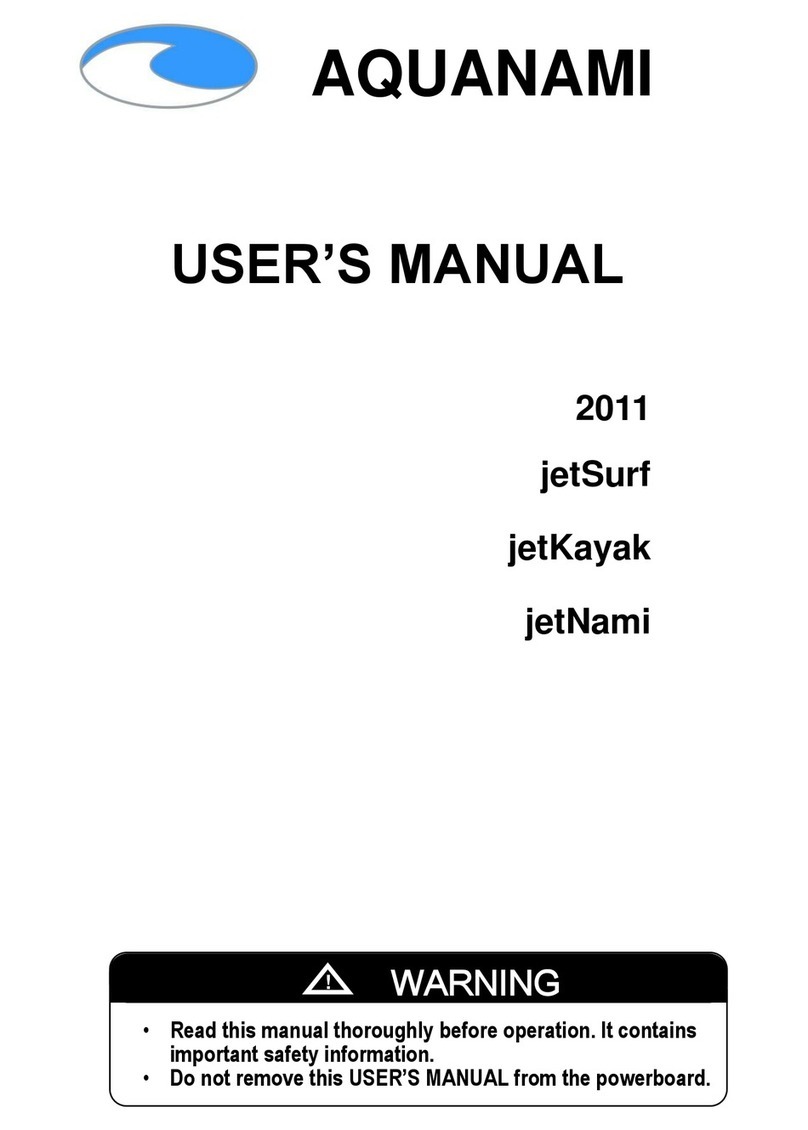
- 5 -
MAINTENANCE INFORMATION............................................................................................................65
MAINTENANCE SCHEDULE................................................................................................................66
MAINTENANCE PROCEDURES...........................................................................................................70
General Inspection .......................................................................................................................70
Cleaning .......................................................................................................................................71
Lubrication and Anticorrosion Protection .....................................................................................71
Engine ..........................................................................................................................................72
Exhaust System ............................................................................................................................74
Cooling System.............................................................................................................................75
Fuel System..................................................................................................................................76
Electric System .............................................................................................................................76
WATERCRAFT CARE ..........................................................................................................................84
Post –Operation Care ..................................................................................................................84
STORAGE..........................................................................................................................................87
Propulsion System........................................................................................................................87
Fuel System..................................................................................................................................87
Engine and Exhaust System ..........................................................................................................88
Electric System .............................................................................................................................89
Body and Hull ...............................................................................................................................89
Repairs.........................................................................................................................................90
PRE-SEASON PREPARATION..............................................................................................................91
Pre-Season Preparation Chart.......................................................................................................91
TECHNICAL INFORMATION ..................................................................................................................93
WATERCRAFT IDENTIFICATION .........................................................................................................94
Hull Identification Number ...........................................................................................................94
Engine Identification Number.......................................................................................................95
ENGINE EMISSIONS INFORMATION ..................................................................................................96
Manufacturer's Responsibility ......................................................................................................96
Dealer's Responsibility..................................................................................................................96
Owner Responsibility....................................................................................................................96
EPA Emission Regulations.............................................................................................................96
Emission Control Information.......................................................................................................97




























